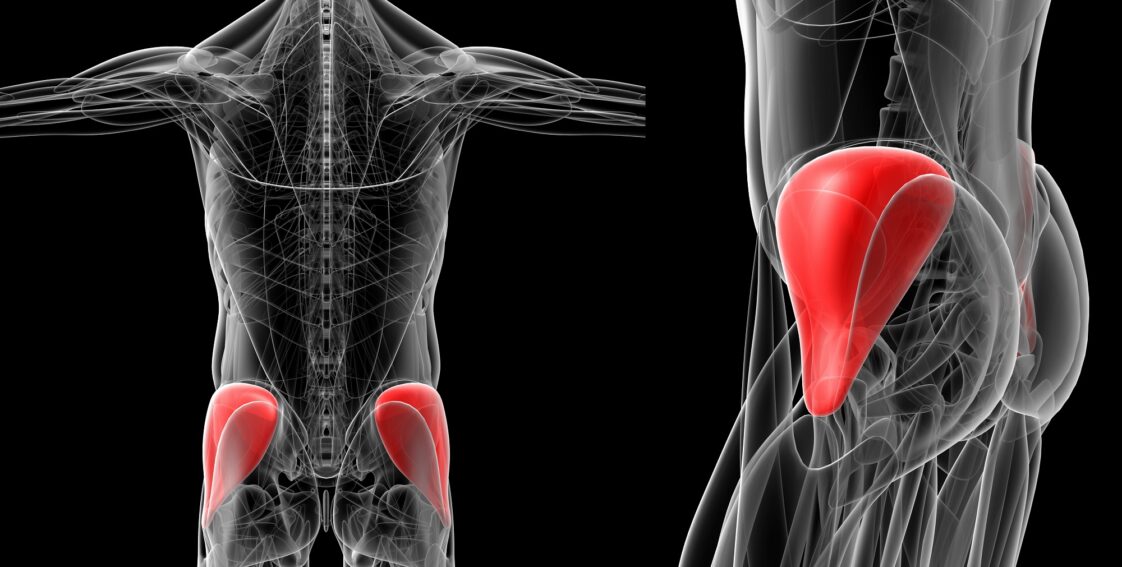
Dead Butt Syndrome: Yes, It’s a Thing
Dead Butt Syndrome is a real medical condition that can lead to more serious problems if it goes untreated. It’s commonly known as gluteus medius syndrome or gluteus medius tendinosis. At Total Health Systems, we offer safe, effective gluteus medius syndrome treatment.
What is Gluteus Medius Syndrome?
The simplest explanation is muscle weakness that pulls, pinches or compresses nerves resulting in numbness of the buttocks (gluteal muscles). Accompanied by loss of strength and stiffness in the hips and legs, it can cause both hip and lower back pain because the weakened glutes are unable to adequately support the hips and pelvis. This can ultimately affect balance and overall stability.
What Causes it?
The number one cause of gluteus medius and gluteus maximus syndrome is inactivity. If you spend long hours sitting at your desk then go home to spend more hours sitting in front of the television, you are a prime candidate for dead butt syndrome. When we spend so much time sitting, the lack of activity causes the gluteal muscles to shut down. This causes other weaker muscles and joints to work harder to compensate for the lack of work by the stronger, gluteus maximus muscle.
How is it Treated?
The same gluteus medius syndrome treatment exercises that can reverse dead butt syndrome can also be used to prevent it. Exercises like side laying leg raises, clamshells and prone hip extensions stretch and strengthen glutes and hip flexors. Try taking a 10-minute break for every hour of work and doing some of these exercises:
- Side steps with bands
- Lateral step ups
- Side lunges
- Kettlebell squats
Consult Medical Professionals
If you’re suffering from lower back, knee or hip pain, you could be experiencing gluteus medius syndrome. Before instituting an exercise routine, make an appointment with Total Health Systems to ensure you get the right treatment the right way. Contact us online today.


